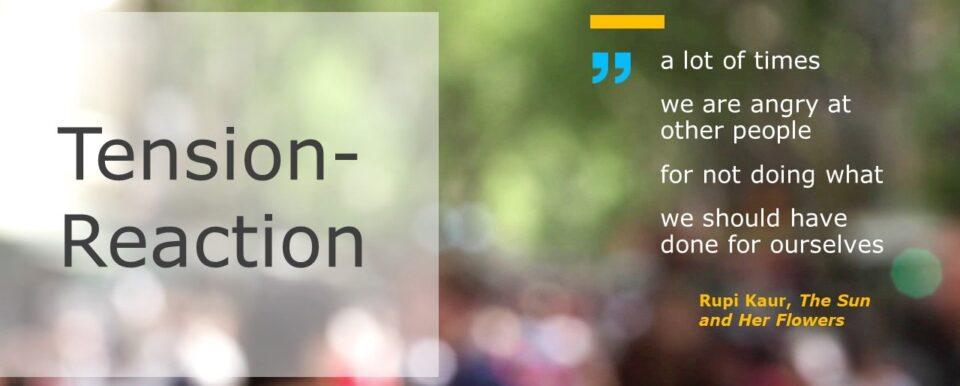This is part of a series of four blogs in which we explore tension-reaction behavior and the predictable ways each Behavior Style tends to react under stress and tension.
Stabilizers in Tension-Reaction Behavior
Acquiesce
When people are experiencing tension, they can exhibit a wide range of behaviors influenced by deep-rooted and immediate variables. Deeper variables include things like life experience, how one’s family dealt with disagreements, and even neurological and biochemical factors. Immediate variables are the current situation, who’s involved, who’s watching, the location of the disagreement, and one’s energy level. Although these elements shape our actions, there are typical ways people react to tension based on their preferred behavior style.
For someone with a Stabilizer preference, they usually avoid conflict, yield to the other person, or back down and give in. Why do Stabilizers do this? They are highly concerned with maintaining relationships and because conflict creates a risk of damaging relationships, they steer clear of it. Because they have a lot of experience doing this, they can be creative in how they avoid it.
When Stabilizers are experiencing internal tension or conflict with someone, they tend to avoid bringing it up because it might upset harmony. For this reason, they will often wait so long to take action that it becomes difficult to address it constructively.
After they have gotten out of a conflict situation, Stabilizers often share their experience with others and worry excessively about the fallout. If there is not a high level of trust in the relationship, they will also look for ways to “get even” with the individual who created the tension. Often, they will do this more passively.

